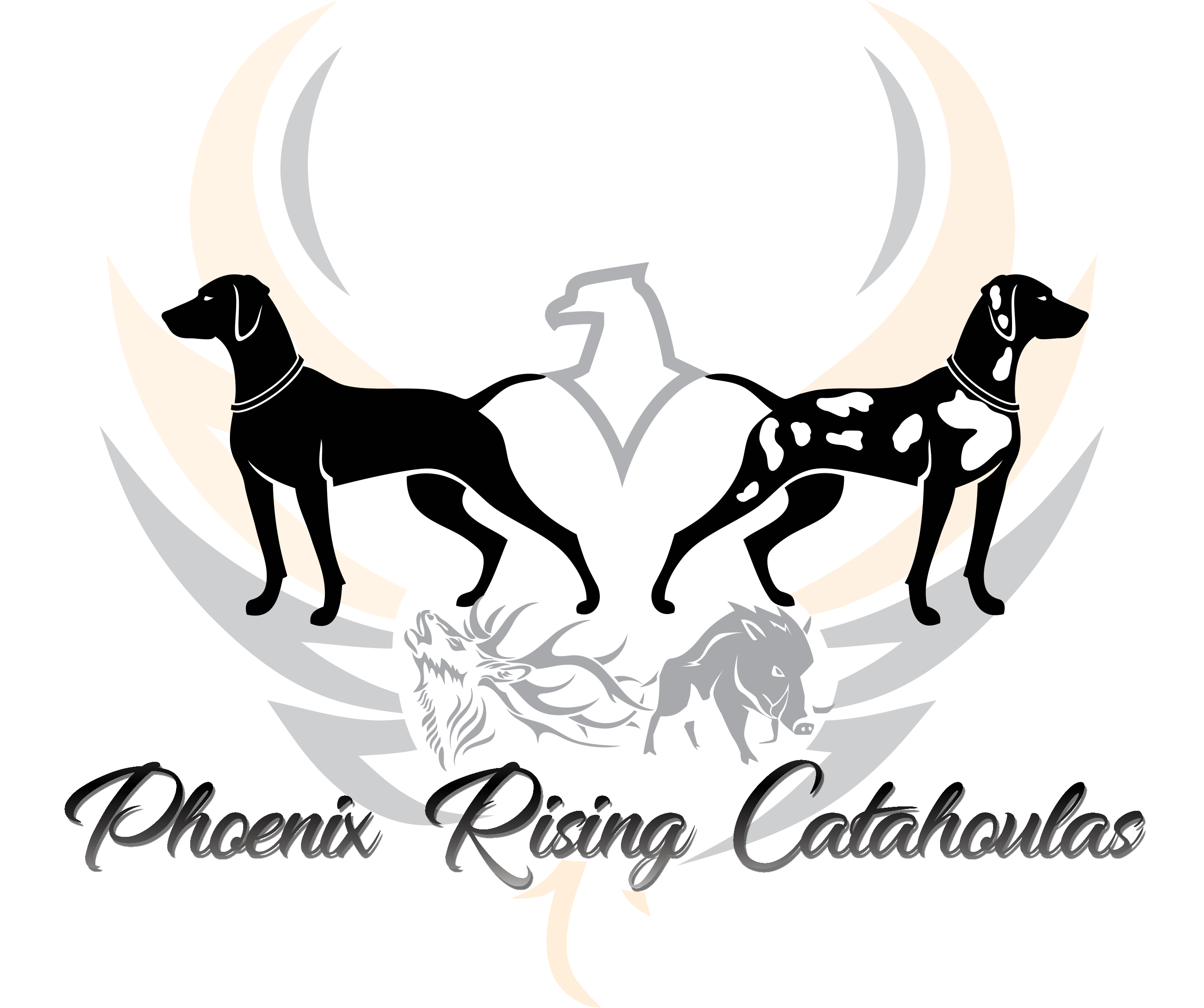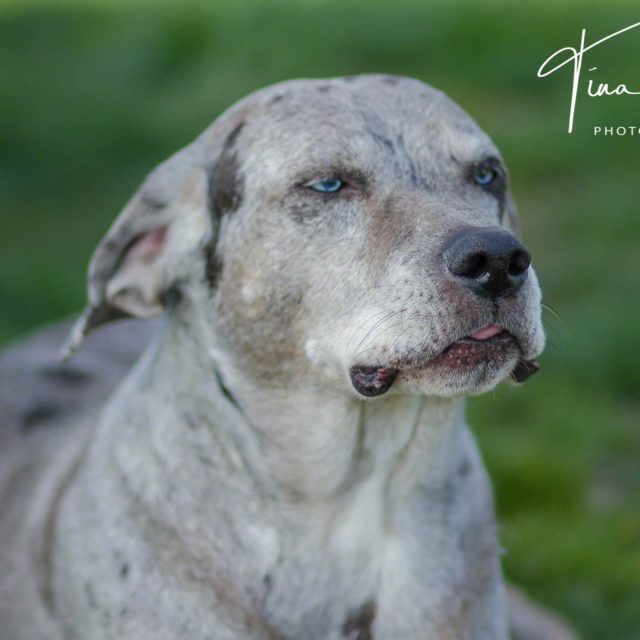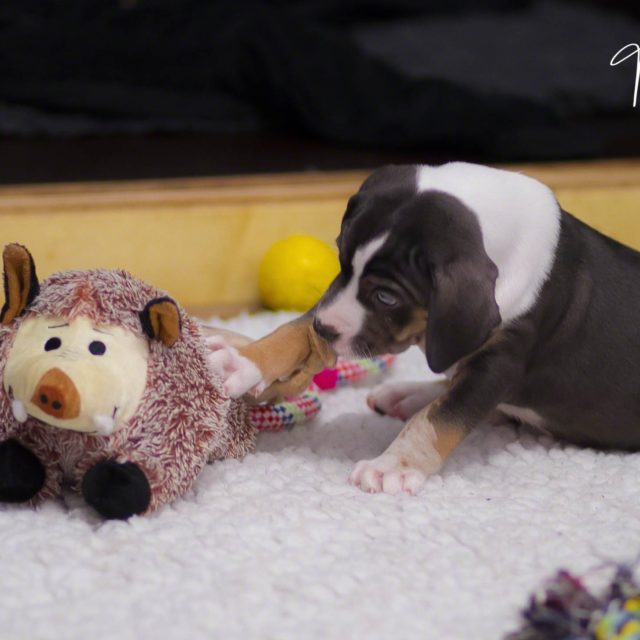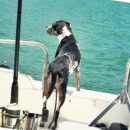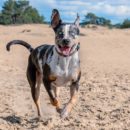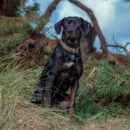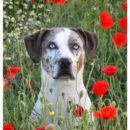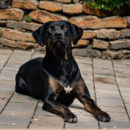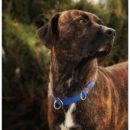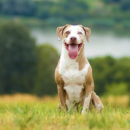Moon is still a dog full of power, always ready and always has a lot of love to give the world. Sometime he's crazy and his emotions erupt but once he will be grown up, he will calm down more and use the brain during the work he does. Running is his big love, coursing and track race are activity special for him but he's very strong and likes pulling, hiking, running in the mountain. for sure is a great dog for many of activity and works. He working with smell too- is good on blood tracking. He loves spend time with people, play and doing something. Big events or competitions, place with many of people, animals aren't a problem for him. He can walking with big group and living with pack of dogs, isn't type of full dominat at home but he's very self confident and can take care about his place and people. Perfect dog but only for people who understand his needs and full of energy nature. Moon is a muscular dog, has really beautiful, proportional big head, full dental, scissors bite, brillantely hear (BAER + / +), is free from dysplasia (HD A ED 0/0), merle tested as am / Mc +. still waiting on DM results. Oficialy is a stud dog, had a beautiful 10 babies, all with full dental, scissors bite, BAER + / +, without any defects at age 7 months old
Klaudia & Moon | Poland
